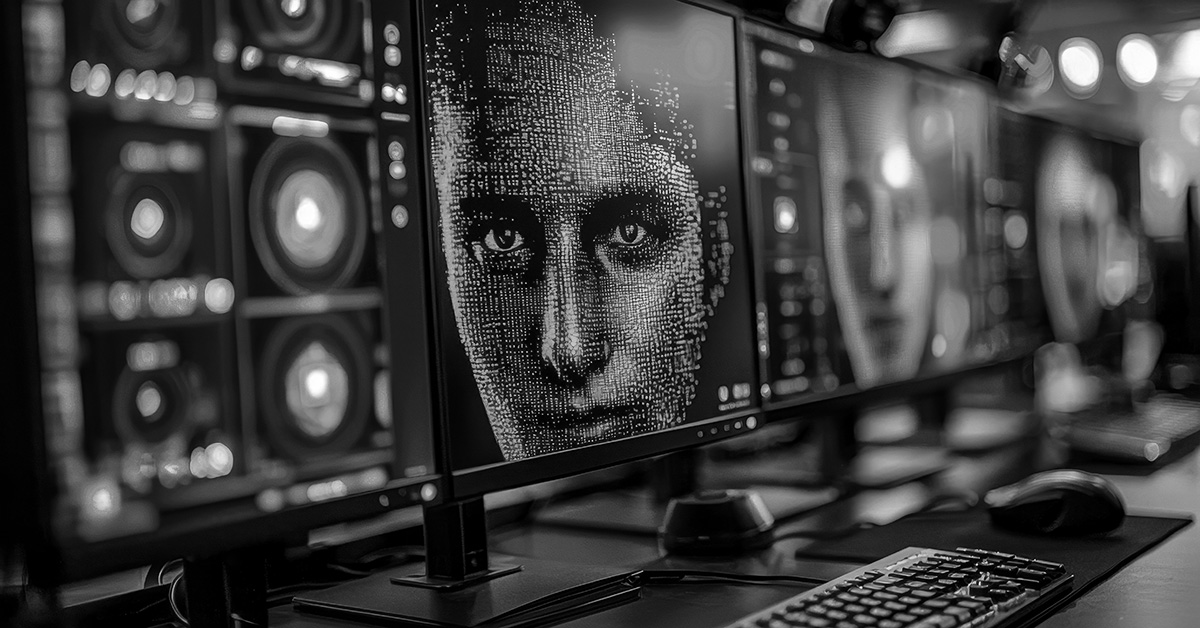Picture this: you're scrolling through your company's social media feed, and suddenly a video shows your CEO endorsing a competitor's product. It looks real. The voice, the gestures, the background—it's all perfect. Or that same CEO calling you to urgently approve a strange payment.
But you know, deep down, it never happened.
Welcome to the world of deepfakes, where fabricated videos can throw even the most vigilant organizations into disarray.
Deepfakes have evolved from a fringe curiosity into a formidable cybersecurity threat. For businesses that thrive on trust—banks, law firms, healthcare providers, technology companies—the implications are chilling. So, does your organization need deepfake defenses? They absolutely need them. Let's explore why.
Understanding the Deepfake Threat Landscape
Deepfakes are not just a novelty or a source of entertainment anymore. They've matured into a potent tool for cybercriminals and bad actors looking to exploit trust.
Unlike traditional attacks that target networks and software, deepfakes target human perception. They exploit the most vulnerable layer of your security infrastructure: the human mind. If it looks like your grandma, talks like your grandma, and knows things that only grandma does, it must be her, right? Not quite.
I am reminded of the case of Emmanue Nwude, who managed to make headlines by selling a nonexistent airport to a Brazillian bank for $242. He just need a pleasant voice and a way with words. This was a long time ago, and many of us thought that cases like this would be a sufficient lesson, lest we want to make our increasing reliance on data backfire.
Unfortunately, things have only gotten worse, as a plethora of AI-aided visual design software has been released in recent years. Prior to this, a skilled Photoshop wizard or video editor would be able to do the same, but it would take hours. Now, everyone can do it and in a matter of minutes.
Deepfakes and Corporate Espionage
It's not just about financial scams. Deepfakes can be leveraged for corporate espionage. Imagine a competitor releasing a fake video of your CEO admitting to unethical practices, or a Board member allegedly leaking confidential information. Even if later debunked, the initial negative effect can cause irreparable harm. The initial impression will stay there permanently.
Deepfakes can also be used to leak fake trade secrets, disrupt mergers and acquisitions by impersonating key stakeholders, or sabotage negotiations by sowing doubt about leadership integrity. Imagine a deepfake video showing one of your executives in a compromising situation, or a fake audio recording of your CFO confessing to fraudulent activities.
The impact would ripple across investor confidence, vendor relationships, and customer loyalty. Deepfakes, therefore, are not just a security issue but a strategic business risk that can undermine the very foundation of your corporate identity.
Why Current Security Measures Are Insufficient
Most organizations still rely on traditional security tools such as firewalls, antivirus software, email filters, and even Wi-Fi security protocols to defend against known threats. However, these measures aren't designed to detect sophisticated deepfakes. Deepfakes don't rely on malware signatures or malicious code; they rely on psychological manipulation and visual deception. Even advanced spam filters can't reliably identify a high-quality deepfake video or audio file, leaving organizations exposed to sophisticated social engineering tactics.
While AI-driven detection tools are emerging, they're still a step behind the most sophisticated forgeries. Some tools analyze facial movement, including micro-expressions and blinking patterns, or other anomalies, such as inconsistencies in lighting. Yet, skilled deepfake creators continually refine their techniques to outsmart these defenses. The key is to stay humble and vigilant, and not believe you're impervious to scams at all times.
Building an Effective Deepfake Defense Strategy
So, what can organizations do to protect themselves? First and foremost, acknowledge that deepfakes are a real threat, not a theoretical one. Accepting this reality is the first step toward building a comprehensive defense strategy.
Employee Education and Training
Develop a culture of skepticism and verification. Train your employees to question unexpected video calls, especially those requesting urgent or unusual actions. Reinforce the importance of verifying sensitive requests through multiple channels before acting. Scenario-based training—using real or simulated deepfakes—can help employees recognize red flags.
Invest in Advanced Detection Solutions
While the technology is still evolving, investing in AI-powered detection tools can add a critical layer of defense. These tools analyze digital fingerprints of videos and audio, searching for signs of manipulation. Partnering with cybersecurity vendors who specialize in deepfake detection can also help to keep you ahead of emerging threats.
Multi-Factor Verification for Communications
Don't rely solely on voice or video. Implement multi-factor authentication for high-risk communications. For instance, a CFO giving instructions via video call should confirm through a separate, secure channel. Encrypted messaging apps, one-time codes, or biometric verification can make impersonation attempts more difficult.
Develop a Deepfake Incident Response Plan
A deepfake crisis can escalate quickly. Prepare a robust incident response plan that outlines who handles detection, communication, and remediation. Identify key stakeholders and ensure they're trained to respond rapidly. Clear, consistent messaging is vital to manage reputational fallout.
Ethical Considerations and Staying Ahead of the Curve
Deepfakes also raise significant legal and ethical questions. Could a deepfake be used as evidence in a dispute? What if a competitor uses one against you? Proactively consult legal counsel to understand the liabilities and protections in your jurisdiction. Some countries are introducing legislation to hold creators and distributors of malicious deepfakes accountable, but enforcement is still catching up.
Deepfakes are not a passing fad. Their quality will improve, their costs will drop, and their use in phishing scams will only increase. Staying ahead means constant vigilance and adaptability. Monitor developments in deepfake detection technology, invest in employee awareness, and refine your response plans regularly.
Cybersecurity is no longer just about protecting data; it's about protecting trust. In an era where seeing is no longer believing, the best defense is a combination of technology, policy, and people.
The Bottom Line: Don't Wait for the First Attack
Deepfakes are a serious vulnerability for organizations that underestimate them. You don't have to wait for the first attack to occur to start building your defenses. The cost of preparation, including training, detection, verification, and planning, is a fraction of the cost of a successful deepfake attack. Your organization's reputation, finances, and trust are at stake. Start today. Because in the world of deepfakes, the best defense is being ready before you're targeted.
About the Author

Editor’s Note: The opinions expressed in this guest author article are solely those of the contributor and do not necessarily reflect those of Fortra.

